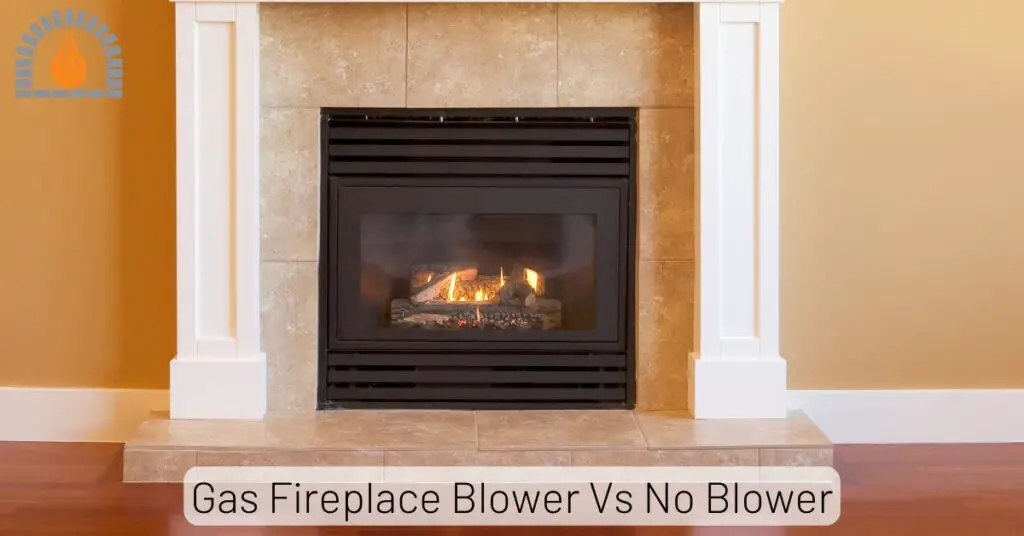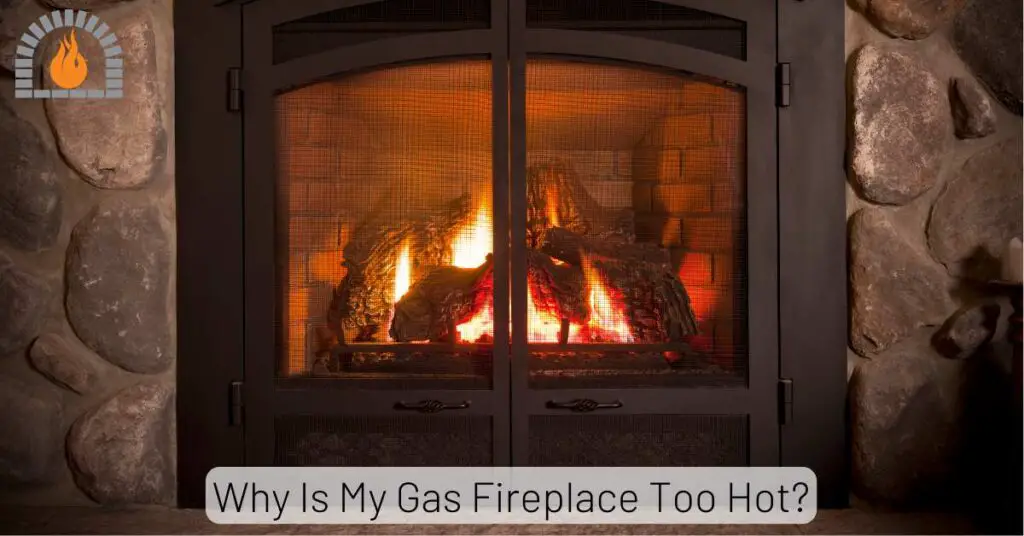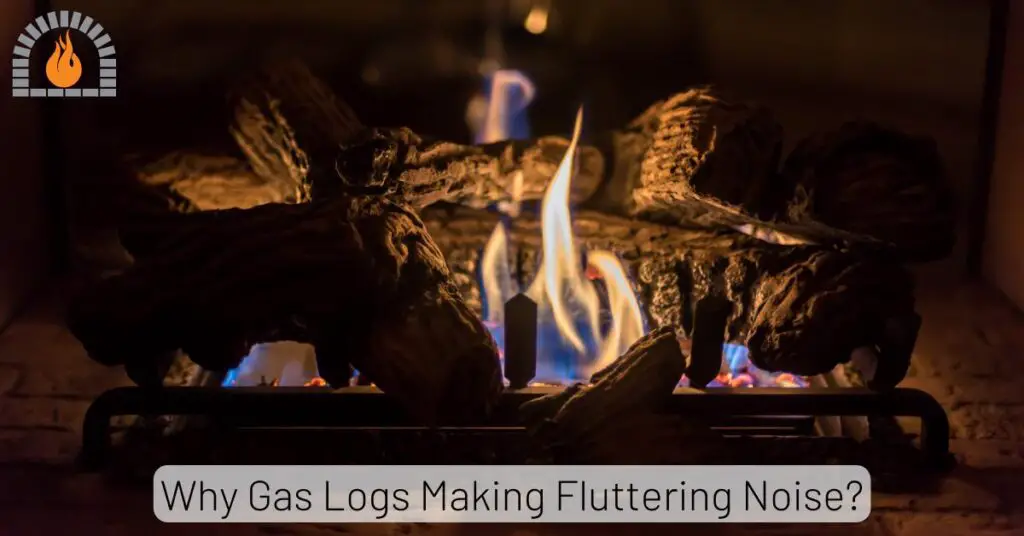In gas appliances, the pilot light ensures their proper functionality. A small, continuously burning flame ignites the main burner when the device is used. However, many wonder if the pilot light goes out, does gas still flow?
If Pilot Light Goes Out Does Gas Still Flow?
Caution: While gas appliances are designed to prioritize safety, the gas supply is typically designed to shut off automatically when the pilot light goes out. However, in some older models or specific scenarios, a malfunction could potentially lead to gas flow even with an extinguished pilot light.
This is why it’s crucial to have regular maintenance checks on gas appliances to ensure all safety features are functioning correctly.
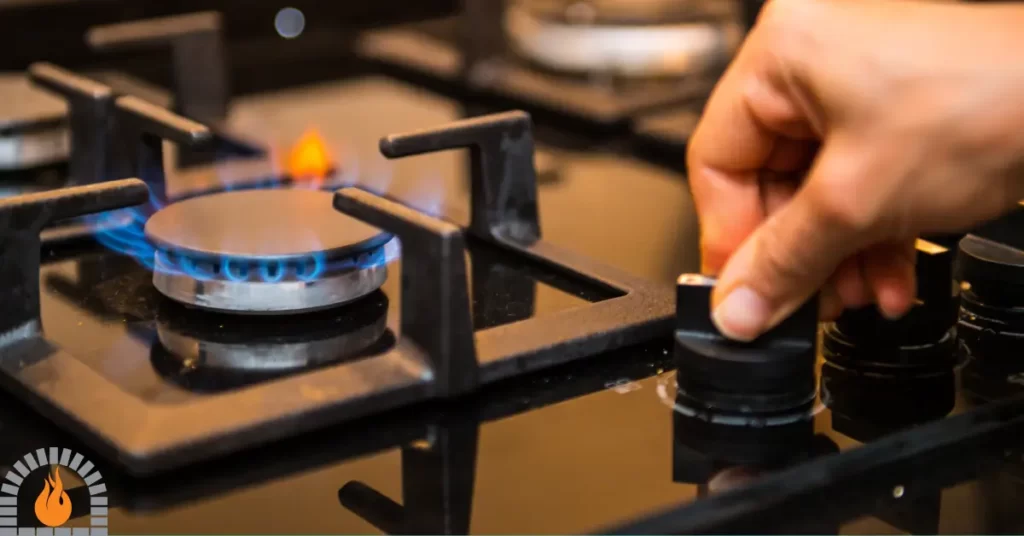
The Role of the Pilot Light
To comprehend the impact of an extinguished pilot light, it’s essential to grasp its role in gas appliances. The pilot light is a constant ignition source, ready to ignite the main burner whenever the device is activated.
It ensures a swift and efficient start-up, providing a continuous flame that checks the gas supply.
Is It Dangerous If The Pilot Light Goes Out?
Yes, malfunctioning a pilot light can be dangerous and sometimes lead to life-threatening situations.
In certain older models or under specific circumstances, malfunctions can occur, potentially allowing gas to continue flowing even when the pilot light is out. The primary concern in such situations is the risk of a gas leak. Natural gas, being highly flammable, poses a severe hazard if left unchecked.
Moreover, the incomplete combustion of gas without a properly functioning pilot light can produce carbon monoxide (CO). This colorless, odorless gas is toxic and, in enclosed spaces, can reach dangerous levels.
New model Gas appliances are engineered with safety as a top priority, incorporating mechanisms that usually shut off the gas supply automatically when the pilot light extinguishes. However, it is crucial not to overlook the hazards associated with pilot light issues.
Regular maintenance of gas appliances is vital to preventing malfunctions and ensuring their safe and efficient operation. If you encounter a situation where the pilot light has gone out, refer to the manufacturer’s instructions for relighting it, provided you feel comfortable doing so.
However, if uncertainty persists or issues recur, it is recommended to enlist the services of a professional technician for a comprehensive assessment and appropriate repairs.
Vigilance and proactive measures contribute significantly to the safety of gas appliance usage in homes and businesses.
What Happens When the Pilot Light Goes Out?
When the pilot light goes out in a gas appliance, the main burner will not ignite, and the appliance may shut down as a safety measure to prevent the release of unburned gas.
Modern gas appliances often include safety features to prevent gas release if there is no flame to burn it. However, one should not solely rely on these safety features. If the pilot light goes out, it is crucial to address the issue promptly by consulting a professional technician to avoid potential dangers associated with gas appliances.
Here’s what typically happens when the pilot light goes out:
- Appliance Shutdown:
- The main burner is unable to ignite without the pilot light.
- In some appliances, a safety mechanism is in place to shut off the gas supply if the pilot light goes out to prevent uncontrolled gas release.
- Safety Features:
- Modern gas appliances often include safety features to prevent gas release if there is no flame to burn it. This is crucial to avoid the risk of gas buildup and potential hazards.
If the pilot light consistently goes out, it may indicate a problem with the appliance or its components. Common issues include a faulty thermocouple, a blocked pilot orifice, or problems with the gas supply.
Common Causes of Pilot Light Goes Out
The pilot light in gas appliances, such as water heaters, furnaces, and stoves, can sometimes go out for various reasons—common Causes of Pilot Light Malfunctioning.
-
Thermocouple Issues: The thermocouple is a safety device that senses the heat from the pilot light and signals the gas valve to stay open. If the thermocouple is faulty or dirty, it may not generate enough voltage to keep the gas valve open, causing the pilot light to go out.
-
Dirty Pilot Orifice: Over time, dust, dirt, or other debris can accumulate in the pilot orifice, blocking the gas flow to the pilot light. This can lead to an extinguished pilot light.
-
Faulty Gas Valve: A malfunctioning gas valve may not provide a consistent gas flow to the pilot light. If the gas supply is interrupted, the pilot light may go out.
-
Drafts or Ventilation Issues: Strong drafts or poor ventilation around the appliance can affect the stability of the pilot light. It may be blown out if the pilot light is not shielded from drafts.
-
Low Gas Pressure: In some cases, low gas pressure in the supply line can result in inadequate gas supply to the pilot light. This can lead to the pilot light going out.
-
Thermostat Issues: Problems with the thermostat, such as a faulty temperature sensor, can cause the appliance to shut off, including the pilot light.
-
Gas Supply Interruption: If there is an issue with the gas supply, such as a disruption in the gas line or a problem with the gas meter, the pilot light may go out.
-
Improperly Sized Pilot Light: If the pilot light is too small or too large for the appliance, it may be prone to extinguishing.
-
Water Heater Draft Hood Issues: For proper ventilation, the draft hood must be installed appropriately for gas water heaters. Issues with the draft hood can lead to pilot light problems.
-
Thermostat Set Too Low: If the thermostat is set too low, the appliance may shut off, causing the pilot light to go out.
How To Relight Pilot Light On Old Furnace?
Relighting the pilot light on an old furnace is common and can be done with care. Here are general steps to relight the pilot light:
-
Locate the Pilot Light: Open the access panel on the furnace to locate the pilot light. It is usually near the bottom of the unit.
-
Turn Off Gas: If the pilot light is out, turn the gas control valve to the “off” position. This is typically a knob located on the gas line or gas valve near the pilot light.
-
Wait for Gas to Dissipate: Wait for a few minutes to allow any residual gas to dissipate.
-
Access the Pilot Light Area: Some furnaces may have a separate cover for the pilot light. If so, remove the cover to access the pilot light assembly.
-
Locate the Pilot Light Control Knob: Identify the pilot light control knob. It is often labeled and may have positions like “off,” “pilot,” and “on.”
-
Set the Pilot Light Control Knob to “Pilot”: Turn the pilot light control knob to the “pilot” position. You should push it in as you turn it.
-
Press and Hold the Pilot Light Button: While holding down the pilot light control knob in the “pilot” position, locate the pilot button. Press and hold it down.
-
Ignite the Pilot Light: Use a long lighter or match to ignite the pilot light while continuing to hold down the pilot button. Keep the button depressed for 30 seconds after the pilot light is lit.
-
Release the Pilot Button: After holding the pilot button for the specified time, release it. The pilot light should stay lit.
-
Turn the Gas Control Knob to “On”: Turn the gas control knob to the “on” position.
-
Replace Covers: If you removed any covers or panels to access the pilot light, replace them securely.
-
Check for Proper Operation: Monitor the furnace for a few minutes to ensure it functions properly. If you notice any issues or the pilot light goes out again, consult a technician for further inspection.
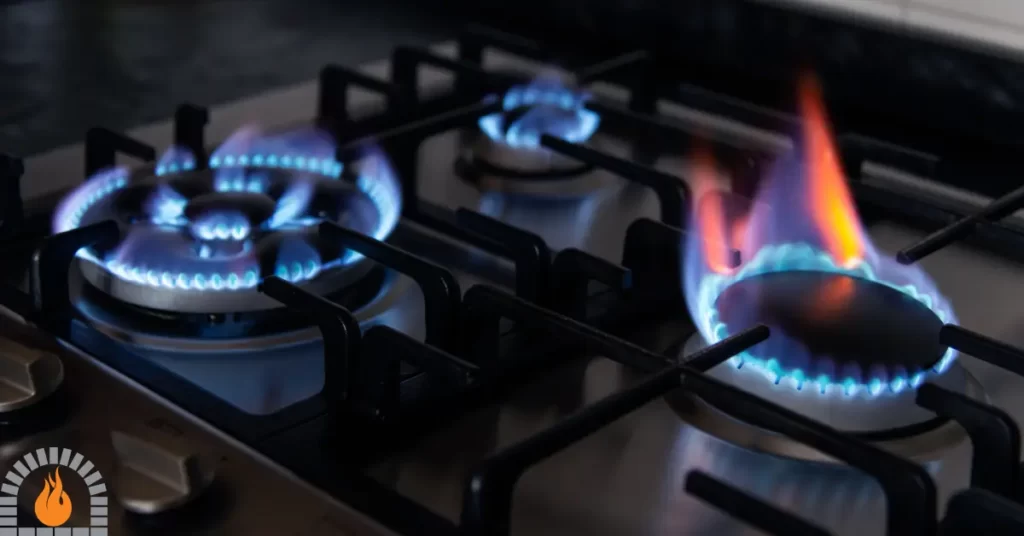
Should The Pilot Light Always Be On In A Gas Furnace?
Older gas furnaces have a standing pilot light that is always on. Newer gas furnaces often come with electronic ignition systems. These systems use an electric spark or a hot surface igniter to ignite the gas when the furnace cycles on.
In older gas appliances, the pilot light is a small, continuously burning flame that ignites the gas when the furnace needs to heat your home. In these systems, the pilot light is designed to be on continuously. It helps quickly ignite the gas burners when the thermostat signals the furnace to heat.
In electronic ignition systems, there is no standing pilot light. The ignition system activates only when the furnace needs to produce heat.
If Pilot Light Is Off On Fireplace Does The Gas Need To Be Turned Off?
If the pilot light on a gas fireplace is off, it is advisable to turn off the gas to ensure safety. The absence of a lit pilot light can allow gas to escape without being burned, posing a potential fire or explosion hazard.
Incomplete combustion may lead to the production of carbon monoxide, a dangerous gas. Turning off the gas in such situations addresses safety concerns and prevents energy waste.
Why Pilot Light Goes Out When Thermostat Is Turned On?
If the pilot light goes out when the thermostat is turned on, there could be several possible reasons for this issue.
Here are some common causes:
- Faulty Thermocouple:
- The thermocouple serves as a crucial safety mechanism, detecting the heat emitted by the pilot light and producing a small electrical current to ensure the continuous operation of the gas valve. If the thermocouple is faulty or not positioned correctly, it may not generate enough current to keep the gas valve open, causing the pilot light to go out when the thermostat is turned on.
- Dirty or Clogged Pilot Orifice:
- A dirty or clogged pilot orifice can obstruct the gas flow to the pilot light, causing it to go out. Regular maintenance, such as cleaning the orifice, can help prevent this issue.
- Gas Supply Issues:
- If there are issues with the gas supply, such as low gas pressure or a blocked gas line, the pilot light may struggle to stay lit when the thermostat triggers the main burner to ignite.
- Faulty Gas Valve:
- The gas valve controls gas flow to the pilot light and the main burner. A faulty gas valve may not supply enough gas to the pilot light, causing it to go out when the thermostat places additional demand on the system.
- Airflow Issues:
- Insufficient combustion air or ventilation problems around the pilot light can lead to an unstable flame that may be quickly extinguished when the thermostat triggers the main burner.
- Thermostat Wiring Issues:
- Problems with the thermostat wiring or connections could cause the system to malfunction, leading to issues with the pilot light.
- Drafts or Wind:
- Drafts or strong winds near the pilot light can cause it to flicker or go out. Make sure there are no drafts affecting the pilot light’s stability.
- Burner or Heat Exchanger Issues:
- Problems with the main burner or heat exchanger can indirectly affect the pilot light. For example, a malfunctioning main burner may cause erratic airflow, affecting the pilot light.
Steps to Take if the Pilot Light Goes Out
If you find yourself in a situation where the pilot light has gone out, following proper procedures is essential. Firstly, ventilate the area by opening windows and doors.
Do not attempt to relight the pilot immediately, wait for the gas to disperse. Once the area is well-ventilated, follow the manufacturer’s instructions carefully to relight the pilot light.
Final Thoughts: If Pilot Light Goes Out Does Gas Still Flow?
In conclusion, the extinguishment of a pilot light in a gas appliance triggers safety mechanisms that typically halt the gas supply. While the design of modern appliances prioritizes safety, it’s crucial to remain vigilant, especially with older models.
Regular maintenance and adherence to safety guidelines are essential to ensuring gas appliances’ proper functioning and safety.
By understanding these dynamics, users can confidently navigate the world of gas appliances with awareness and precaution.
Affiliate Disclosure: Fireplaceadviser.com is a participant in the Amazon Services LLC Associates Program. We may earn a commission when you click on certain links on this site and purchase.

Hello!! I am Jamal Khan. I often fix my home electric heaters and gas stove problems and research the common issues in the heating units to improve my knowledge and expertise. The aim of establishing fireplaceadviser.com is to share my expertise and knowledge with my audience.








